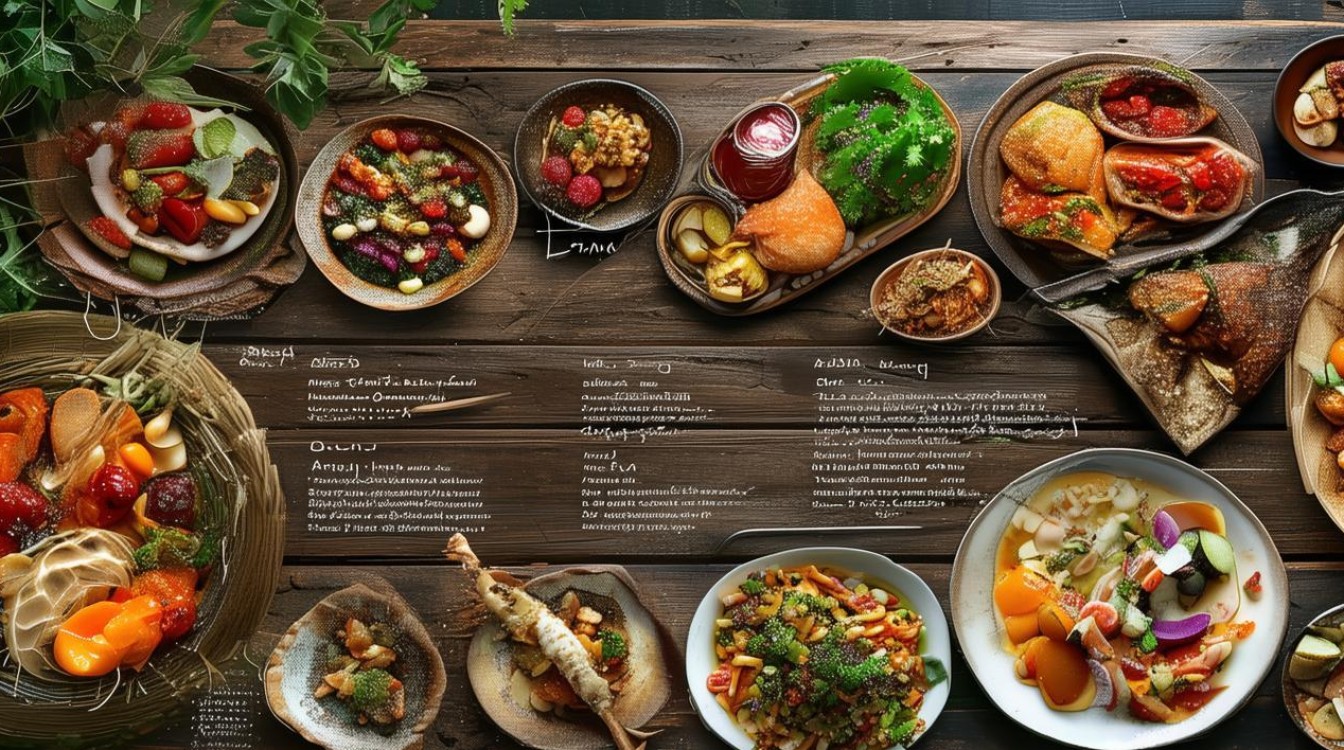Food is more than just sustenance—it’s an experience. Whether you’re a food blogger, a restaurant owner, or simply someone who loves to savor flavors, having the right vocabulary to describe delicious dishes can elevate your appreciation. English offers a rich variety of words to capture the essence of tasty food, from subtle nuances to bold declarations of flavor.

Basic Words for Delicious Food
Let’s start with the fundamentals. These words are versatile and work well in most contexts:
- Delicious – A classic term for food that tastes exceptionally good.
- Tasty – Simple yet effective, indicating strong, pleasant flavors.
- Flavorful – Highlights rich, well-developed tastes.
- Yummy – Informal and playful, often used for comfort foods.
- Scrumptious – Suggests food is both delicious and satisfying.
These words are great for everyday use, but if you want to paint a more vivid picture, consider more descriptive terms.
Words for Rich and Savory Flavors
When food has deep, hearty flavors, these words can help convey that richness:
- Savory – Describes umami-rich, deeply satisfying tastes.
- Hearty – Implies a robust, filling quality, often used for stews or meat dishes.
- Decadent – Suggests indulgence, often used for desserts or creamy dishes.
- Luscious – Evokes a sense of luxurious, mouthwatering appeal.
- Succulent – Perfect for juicy, tender meats or fruits.
For example:
"The slow-cooked beef was so succulent, it practically melted in my mouth."
Words for Sweet and Dessert-Like Flavors
Sweet treats deserve their own set of descriptors:

- Delectable – A refined way to say something is delicious, often used for desserts.
- Divine – Implies an almost heavenly level of tastiness.
- Mouthwatering – Makes you salivate just thinking about it.
- Toothsome – An old-fashioned but charming way to describe appealing food.
- Ambrosial – Mythically delicious, like the food of the gods.
Example:
"The chocolate cake was ambrosial, with layers of velvety ganache."
Words for Fresh and Light Flavors
Not all delicious food is heavy—some dishes shine because of their freshness:
- Zesty – Bright, tangy, and full of life.
- Crisp – Often used for fresh vegetables or perfectly fried foods.
- Refreshing – Light and invigorating, like a citrus salad.
- Vibrant – Suggests bold, lively flavors.
- Piquant – A pleasant sharpness, often from spices or acidity.
Example:
"The salad had a piquant dressing that made every bite exciting."
Words for Unique or Exotic Flavors
Some dishes stand out because of their distinctive taste profiles:
- Aromatic – Strong, pleasant smells that enhance flavor.
- Earthy – Deep, natural tastes like mushrooms or root vegetables.
- Smoky – The rich, charred essence of grilled or roasted foods.
- Tangy – A sharp, acidic kick.
- Umami – The savory fifth taste, found in foods like soy sauce and aged cheese.
Example:
"The dish had an umami depth that made it unforgettable."

Words for Well-Prepared Food
Sometimes, it’s not just the flavor but the skill behind the dish that makes it outstanding:
- Exquisite – Exceptionally well-made and delicious.
- Gourmet – High-quality, sophisticated preparation.
- Artisanal – Handcrafted with care and attention.
- Masterful – Demonstrates expert-level cooking.
- Harmonious – Flavors that blend perfectly together.
Example:
"The chef’s masterful seasoning created a harmonious balance of spices."
Slang and Informal Words for Tasty Food
For a more casual or playful tone, try these expressions:
- Finger-licking good – So tasty you can’t resist licking your fingers.
- Moreish (British slang) – Makes you want more.
- Heavenly – Extremely pleasurable.
- Lip-smacking – Delicious enough to smack your lips in satisfaction.
- Out of this world – Unbelievably good.
Example:
"The barbecue ribs were finger-licking good, with a smoky, sticky glaze."
How to Use These Words Effectively
Choosing the right word depends on context. A food critic might use exquisite or gourmet, while a social media post could go for yummy or mouthwatering. Consider:

- Audience – Formal reviews demand precise language, while casual blogs can be playful.
- Dish Type – A delicate pastry might be delectable, while a spicy curry is fiery or robust.
- Sensory Appeal – Words like crispy, creamy, or juicy add texture to descriptions.
The more specific you are, the more vivid the impression. Instead of saying, "The pasta was good," try:
"The pasta was al dente, coated in a velvety sauce with a hint of garlic."
Final Thoughts
Language shapes how we experience food. Whether you’re writing a menu, reviewing a restaurant, or simply sharing a recipe, the right words can make flavors come alive. Experiment with these terms to find the perfect match for every dish—because great food deserves great descriptions.





